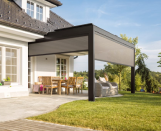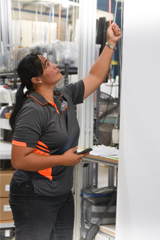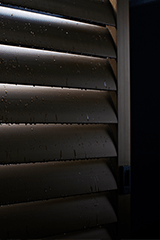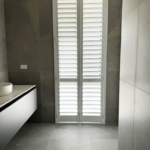There are many options available to customise your shutters so that it fits the dimensions of the home and the customer’s expectations. A couple of these options is the D-Mould and T-Post.
A D-Mould is a piece of moulding that is added to the stile of a specified panel. It is 12.5 mm in depth and overlaps the top/front of the adjoining panel.


A T-Post is a stand-alone post that is added to a larger frame to provide additional support. The wider portion of the post is 56 mm and is installed on the window side of the opening. The panels will sit on a 16mm lip with a 24 mm post separating the panels on the room side.


To understand which option is best for your customer’s shutters, we have to understand the benefits of both the D-Mould and a T-Post
D-Mould
D-Mould is beneficial because of the near blackout* light-blocking feature between the two panels and also provides a smoother transition. There are limitations due to the largest panel size maxing out at 1050 mm wide (Highprofile). If the opening is larger than the maximum panel widths, you will want to suggest a T-Post to the customer.
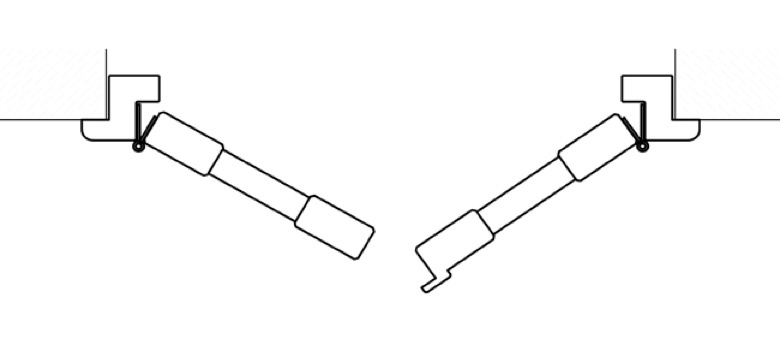
T-Post
The T-Post is intended for openings that are larger in order to get panels to fit in warranty. The T-Post will support both the frame and any additional panels needed to cover the opening. It is also used to cover the mullion, the aluminium strip that divides the glass panels of the window.
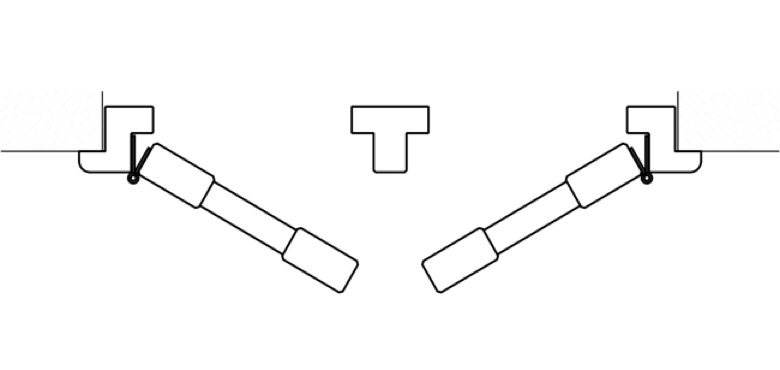
*Please note that all shutter installations will have some level of light bleed. Set the right expectations by clarifying this fact with your customer.
The best way to decide if a T-Post or D-Mould is required is to ask yourself the following questions.
Is a T-Post needed to support the configuration of the panels, or the size of the opening? If the answer is yes, then go with a T-Post.
If the answer is no, the next question is, which of the two options will look best in my customer’s home?
Happy selling!





